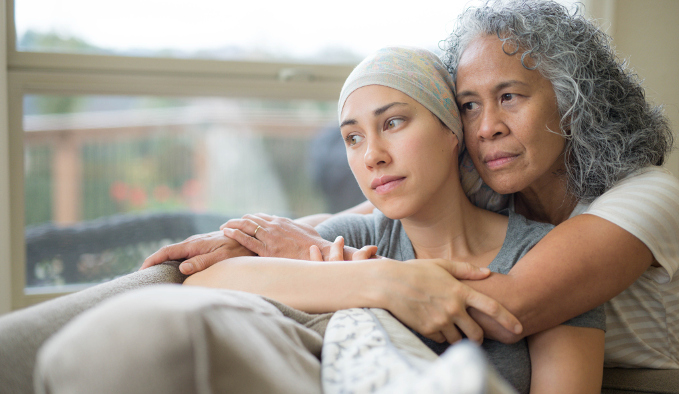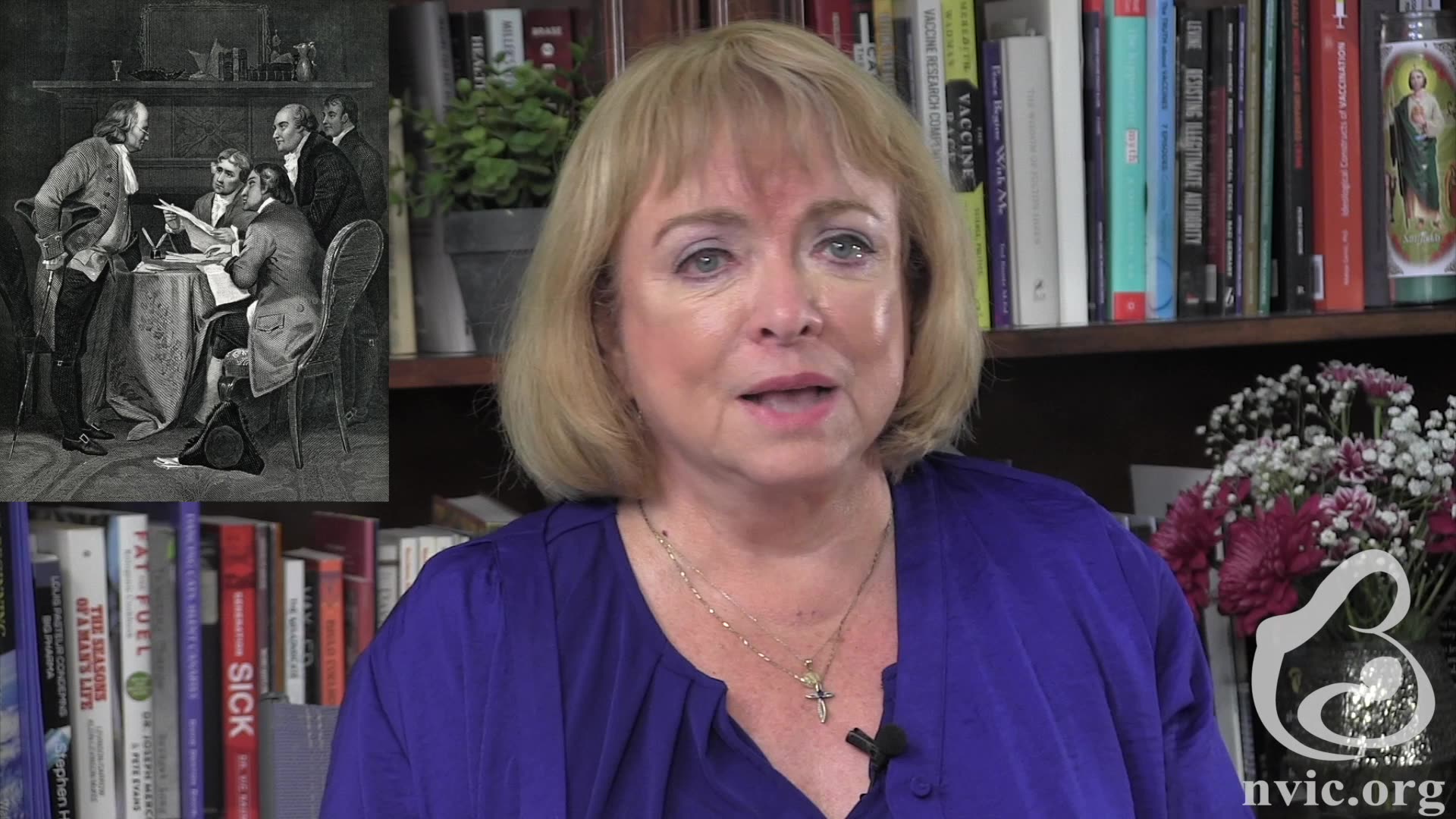A 2022 study published in the journal Nature Reviews Clinical Oncology shows that incidence of cancers in adults under 50 years old has been increasing in the United States and many parts of the world since the 1990s.1 According to the National Cancer Institute (NCI), the rate of early-onset cancer cases in the U.S. grew by almost 18 percent between 2000 and 2019, while cancer rates declined slightly in older adults.2
Shuji Ogino, MD, PhD, a professor at Harvard Chan School and Harvard Medical School, who is also an author of the study, said that the research team analyzed global data on 14 cancer types that showed increased incidence in adults before age 50.3 These included cancers in the breast, colorectum, endometrium, esophagus, extrahepatic bile duct, gallbladder, head and neck, kidney, liver, bone marrow, pancreas, prostate, stomach and thyroid.4
Dr. Ogino stated:
From our data, we observed something called the birth cohort effect. This effect shows that each successive group of people born at a later time—e.g., a decade later—have a higher risk of developing cancer later in life, likely due to risk factors they were exposed to at a young age.5
He added:
We found that this risk is increasing with each generation. For instance, people born in 1960 experienced higher cancer risk before they turn 50 than people born in 1950, and we predict that this risk level will continue to climb in successive generations.5
The researchers noted that increasing rates of cancer among this population could possibly be attributed to increased screening and early detection of specific types of cancer such as thyroid and prostrate cancer.6 Archie Bleyer MD, a clinical research professor at the Knight Cancer Institute of the Oregon Health & Science University offered the opinion that increases in cases of thyroid cancer kidney cancer could be the result of “over-diagnosis” because of increased cancer and health screenings among younger populations.
Dr. Bleyer said that sometimes screenings detect tumors and masses in those organs that “look like cancer, so they’ve got to call it carcinoma.” He speculated that it would have never been a clinical problem if it were not detected because they typically would not spread and stated, “so in some ways, it’s a false increase.”7
Colorectal Cancer Rates are Among the Highest
The highest increases were seen in the early onset of colon cancer and rectal cancer.8 According to a 2023 report released by the American Cancer Society (ACS), the rate of new colorectal cases among Americans younger than 55 years increased from 11 percent of all cases in 1995 to 20 percent in 2019.9 10 The ACS report also states that, in 2023, approximately 153,020 individuals will be diagnosed with colorectal cancer and 52,550 will die from the disease, including 19,550 cases and 3750 deaths in individuals younger than 50 years.11
Scientists speculate that increasing Body Mass Index (BMI) among people is a significant risk factor for colon cancer than for rectal cancer, but this theory may not hold for early-onset cases because researchers say rectal cancer is increasing in the U.S. at a faster rate than colon cancer.12
“Exposome” Contributing to Increasing Cancer Rates in Young People
The researchers found that early life “exposome”, which includes lifestyle factors such as individual’s diet, lifestyle, weight, environmental exposures and microbiome, has changed substantially in the last several decades and may be contributing to the rise in early onset cancer.13
Some of the risk factors or early onset cancer included alcohol consumption, sleep deprivation, smoking, obesity, and consuming highly processed foods. Risk factors such as highly processed food, sugary beverages, obesity, Type 2 diabetes, sedentary lifestyle and alcohol consumption have all significantly increased significantly in the last seventy years.14
Tomotaka Ugai, MD, PhD, lead researcher of the study, said:
Among the 14 cancer types on the rise that we studied, eight were related to the digestive system. The food we eat feeds the microorganisms in our gut. Diet directly affects microbiome composition and eventually these changes can influence disease risk and outcomes.15
Jack Jacoub, MD, a board-certified oncologist and medical director of MemorialCare Cancer Institute at Orange Coast Medical Center in Fountain Valley, California added:
Young people need to recognize that this is a serious, life-threatening disease that we probably need to be concerned about in our teens and 20s to try to prevent it.16
If you would like to receive an e-mail notice of the most recent articles published in The Vaccine Reaction each week, click here.
Click here to view References:1 Ugai T. Is early-onset cancer an emerging global epidemic? Current evidence and future implications. 2022 Nature Reviews Clinical Oncology 19: 656–673.
2 Neklason A. Cancer rates are climbing among young people. It’s not clear why. The Hill June 15, 2023.
3 The Harvard Gazette. Dramatic rise in cancer in people under 50. Sept. 8, 2022.
4 Ugai T. Is early-onset cancer an emerging global epidemic? Current evidence and future implications. 2022 Nature Reviews Clinical Oncology 19: 656–673.
5 The Harvard Gazette. Dramatic rise in cancer in people under 50. Sept. 8, 2022.
6 Neklason A. Cancer rates are climbing among young people. It’s not clear why. The Hill June 15, 2023.
7 Ibid.
8 City of Hope. Why are cancer rates rising in adults under 50? City of Hope Jan. 17, 2023.
9 Ibid.
10 Siegel R. Colorectal cancer statistics, 2023. American Cancer Society 2023 73(3): 233-254.
11 Ibid.
12 City of Hope. Why are cancer rates rising in adults under 50? City of Hope. Jan. 17, 2023.
13 The Harvard Gazette. Dramatic rise in cancer in people under 50. Sept. 8, 2022.
14 Ibid.
15 Ibid.
16 Miller K. New Study Finds Cancer Cases Are Increasing in People Under 50—Here’s Why. Prevention Sept. 8, 2023.













5 Responses
I would say many have taken the C19 shots and boosters. It’s a guess because they won’t allow you to know, except on this site.
Note they totally omit the possibility that 72 doses by age 18. And this was only through 2019, BEFORE the death jab. What credible sources (e.g. McCullough, CHD and this website) have demonstrated is the death jab alters the immune system in such a way to make the body more susceptible to cancer. So if cancer rates were already skyrocketing, it is frightening to imagine what lies ahead. IMO we are a long way from through what the death jab will cost in human lives.
As our society spews chemical pollution at record levels, systematically replacing every naturally effective substance and replacing it with a synthetic chemical, for the past hundred years in an effort to patent and monetize what used to be free holistic care, low cost safe medicines, and readily available organic foods…. Do the math. Better living WITHOUT chemicals.
increased and cumulative use of pesticides, herbicides, various other industrial chemical compounds, increased use of pharmaceuticals, increased number of vaccines, above ground testing resulting in unfavorable generational accumulation of mutations
Cell phone radiation causes cancer in lab animals, per the 2018 study by the National Toxicology Program. Might this be an important factor among the many stressors on our bodies?